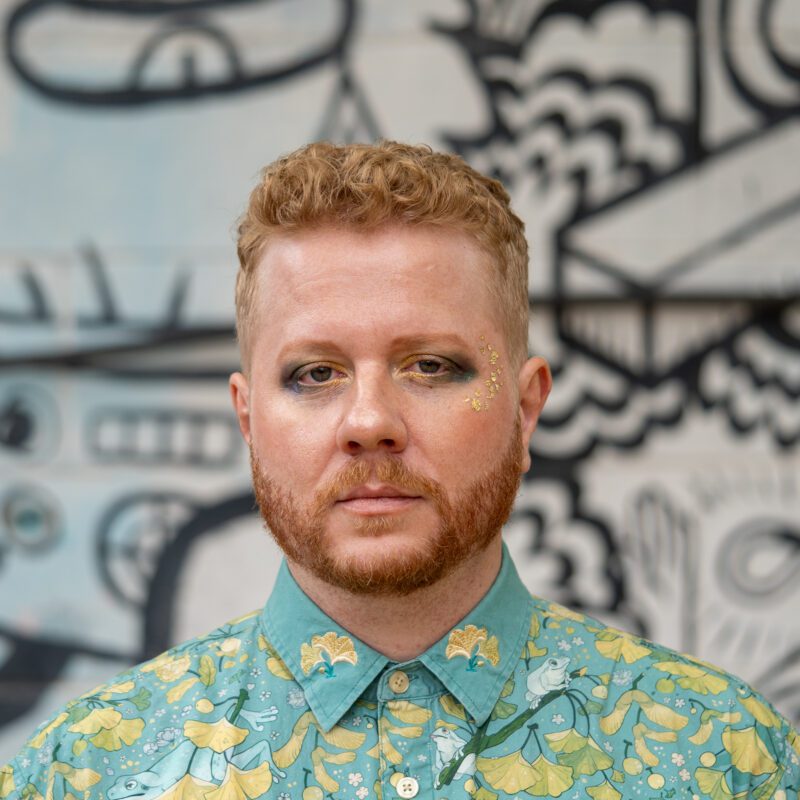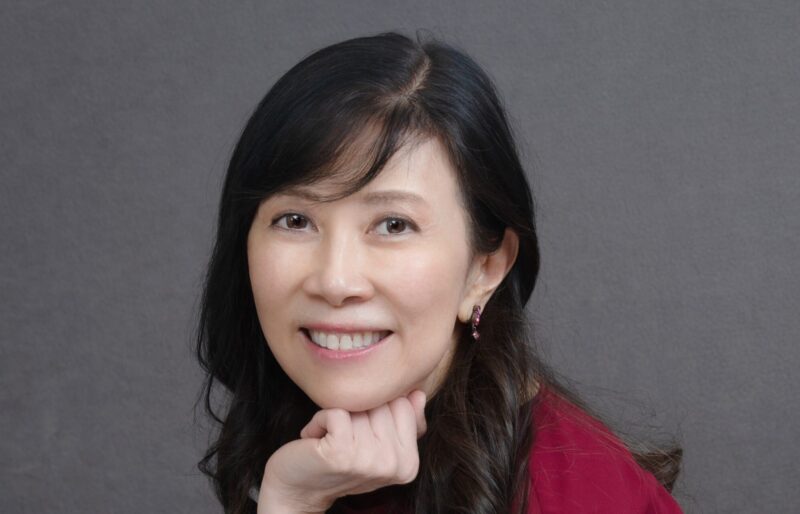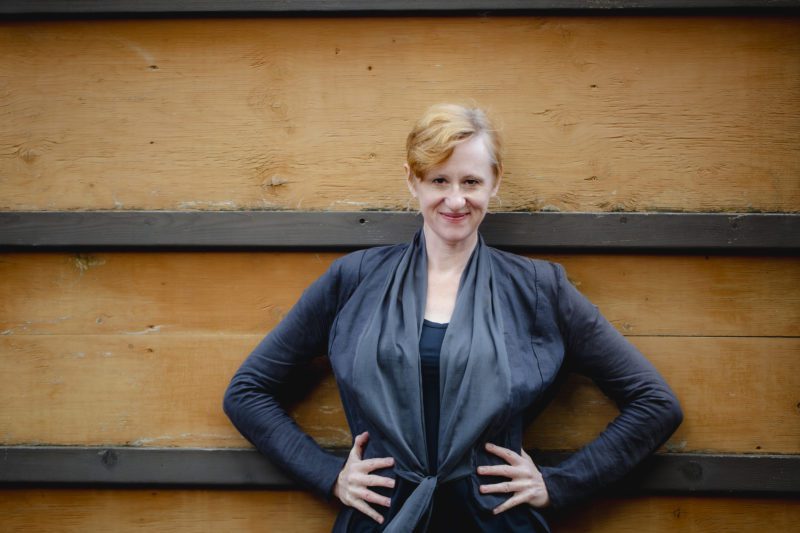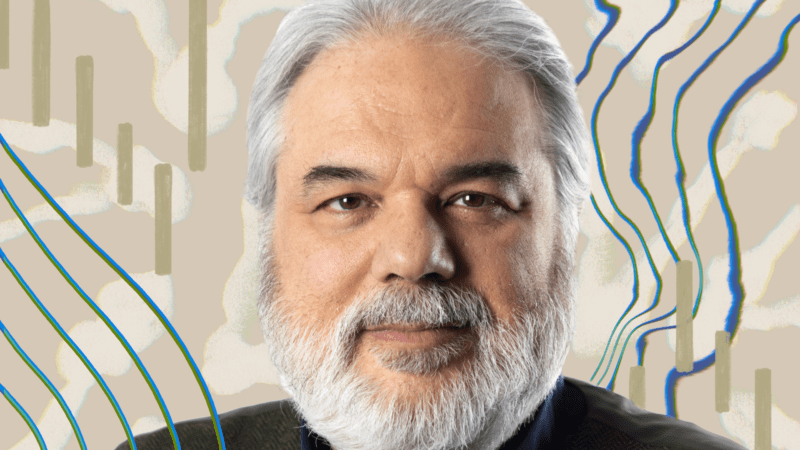
As a young composer, the moment I heard Nicole Lizée’s Hitchcock Études (2010) was a revelatory experience. It was a time in my life when I was leaving my undergraduate degree in piano studies, and did not enjoy the mostly modernist approaches to contemporary music taught at my music program. I loved film music, and was much more attracted to the classic orchestral cinematic sound. Where was contemporary music that sounded like that? Through listening to the Hitchcock Études, I discovered a lush, glitchy, and wholly strange musical world. Here was a piece of contemporary music that sounded entirely new to me and was so unlike other approaches to contemporary composition I had heard at the time. Additionally, as someone who was beginning to work with both visuals and music, the precise synchronized interplay between the musicians, distorted samples from the movie, and the visuals stunned me. Lizée deconstructs, re-contextualizes, splices, and damages the source material, resulting in layers of disjunct, erratic rhythmic material, and twisted melodic lines and harmonies. These imperfections and errors are woven together to create a new sonic landscape over which the accompanying acoustic material is performed live.
In 2011, when I first heard the piece, there was a general desire for digital music to sound as pristine and high quality as possible, and for film to look as real and high definition as possible. And so, it was Lizée’s engagement with the opposite of that perfection, rather, the glitches or mistakes found in our technology, that led me to be so attracted to her music. Here was a practice that incorporated and embraced the unusual, a glitchy and distorted mirror of what was already familiar to me. I knew then that I could pursue adventurous music, and that so many exciting possibilities were available for me to explore.



